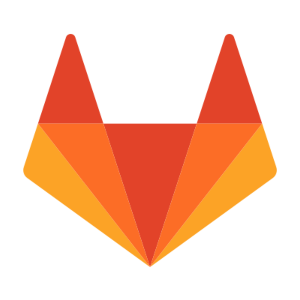
GitLab Inc
NASDAQ:GTLB

GitLab Inc
GitLab Inc. is a fascinating narrative of evolution in the tech sector, epitomizing the shift towards collaborative and streamlined software development processes. Founded on the ethos of open source, GitLab began as a project aimed at democratizing access to top-tier development tools. Unlike many tech companies that keep their core assets under tight proprietary control, GitLab opened its platform, fostering a vast community around it. This collaboration eventually morphed into a single application that addresses every stage of the DevOps lifecycle—from planning, developing, deploying, to monitoring, all within a unified environment. GitLab's comprehensive platform appeals to enterprises aiming to enhance productivity by reducing the fragmentation inherent in traditional development processes. Its all-in-one approach empowers teams to work seamlessly across functions, tapping into a more efficient and cohesive workflow.
GitLab monetizes its platform through a tiered subscription model, offering free, premium, and ultimate versions tailored to different business needs. This strategic pricing framework allows GitLab to serve a diverse clientele ranging from individual developers and small teams to large enterprises, each benefiting from varying levels of support, security, and features. By making its core platform accessible at no cost, GitLab attracts a broad base of users, subsequently upselling advanced features and services to those requiring more robust capabilities. Additionally, GitLab Inc. has expanded into offering professional services and training, capitalizing on the growing need for enterprises to not only adopt its technology but also optimize its use. This business model not only supports a stable revenue stream but also strengthens its competitive edge in the rapidly advancing arena of software development solutions.

















































 You don't have any saved screeners yet
You don't have any saved screeners yet
